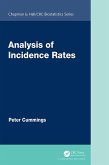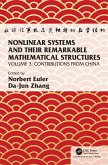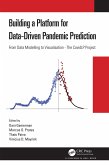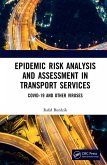Extensively classroom-tested in undergraduate and graduate courses, this self-contained book presents biologically well-motivated and mathematically tractable models that facilitate both a deep understanding of cancer biology and better cancer treatment designs. It covers the medical and biological background of the diseases, modeling issues, and existing methods and their limitations. The authors introduce mathematical and programming tools, along with analytical and numerical studies of the models. They also develop new mathematical tools and look to future improvements on dynamical models.
Dieser Download kann aus rechtlichen Gründen nur mit Rechnungsadresse in A, B, BG, CY, CZ, D, DK, EW, E, FIN, F, GR, HR, H, IRL, I, LT, L, LR, M, NL, PL, P, R, S, SLO, SK ausgeliefert werden.









